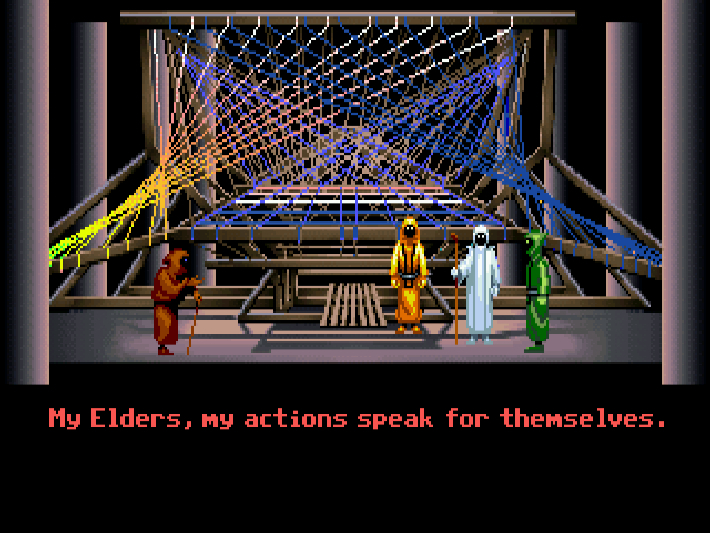
The development of these side chains is Loom’s primary offering in which developers can create their own specially focused blockchain networks depending on the objective of each application. Side chains are essentially minor blockchains that are linked to a larger blockchain network such as Ethereum. They have already announced plans to build bridges to these other popular blockchain networks and plans for PlasmaChain to be the central hub for them all.$0.00039723 1.73% Terra Classic (Wormhole) They hope that PlasmaChain will be a hub that connects different blockchains such as Ethereum, Cosmos, EOS, and Tron together. The grand ambition for the Loom team will be for the PlasmaChain, which will be the primary Loom network to be “one of the most widely used blockchains in existence” through interoperability. The Loom team hopes to have up to 50% of the total circulating supply staked in the PlasmaChain. In the first two months since its release, LOOM holders have staked over 20% of the circulating supply or over $10 million in value in the PlasmaChain.
LOOM NETWORK GAMES SOFTWARE
PlasmaChain validators stake or lock up LOOM tokens in the network, run special hardware and software to process transactions, and get rewarded in LOOM tokens. The PlasmaChain is a blockchain connected to Ethereum that uses Proof-of-Stake so requires validators instead of miners to secure the network. The main use of LOOM tokens will be for staking on the PlasmaChain. Any wallet that is compatible with ERC20 tokens is also compatible with LOOM tokens. LOOM tokens can be traded for on major crypto exchanges. Unlike many other token teams, the Loom team did not do an ICO and were privately funded. There is a fixed supply of 1 billion LOOM tokens with about 55%-65% of the total supply in circulation and the remaining supply held by the company, team, and advisors. LOOM tokens are ERC20 tokens that were created on the Ethereum network.

March 2018 - Loom Network is live in production.December 2017 - CryptoZombies is released.The Loom Network offers developers the option of having scalability now while sacrificing some aspects of security and decentralization instead of waiting for Ethereum 2.0. The base Ethereum protocol has currently chosen to focus on decentralization and security as its core features with scalability being cautiously developed for the next version: Ethereum 2.0.

In blockchain design, there is a concept known as the scalability trilemma in which a blockchain network can only maximize two of the following three options: scalability,ĭecentralization, or security. Loom Network was started in 2017 and founded by current CEO Matthew Campbell, current CTO Luke Zhang, and current CMO James Duffy. Loom has developed several types of side chains such as PlasmaChain, DAppChains, and GameChain, and SocialChain. These layer 2 solutions are based on proof-of-stake mechanisms and side chains. Loom has built ‘layer 2’ scaling that does not rely on a change in the base Ethereum protocol, but instead builds a structure on top of Ethereum that allows fast applications to be built. These customized side chains allow developers to tweak security, decentralization, and scalability requirements instead of relying solely on Ethereum’s primary features.


 0 kommentar(er)
0 kommentar(er)
